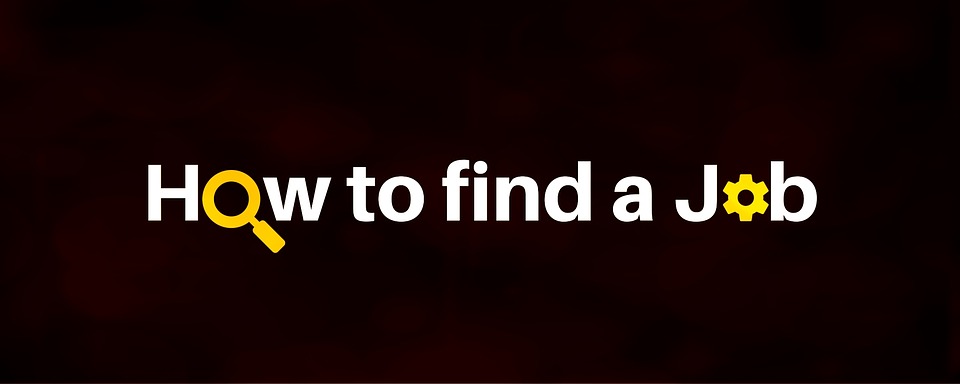One of the scariest parts of having a great culture is the fear that it will shift and change in negative ways as the company grows. I can remember talking with Atlassian earlier this year, an organization that has an enviable culture and has leveraged it for incredible success. Every team at Atlassian has a person dedicated to defending the culture from poor fit hires, and these culture stewards can veto any hiring decision at any level. That’s an excellent way to help protect the culture as the organization scales up, but it’s not the only method for making it work. Today at the 2016 Glassdoor Summit, one presenter offered some amazing advice that is worth exploring.
Note: you can catch the livestream of the entire conference for free online.Â
So far at the event we’ve heard from several speakers, including CEO of Glassdoor, Robert Hohman, about the value of transparency into culture. One quote this morning was particularly hard-hitting for me, and it came from Katie Burke, VP of Culture and Experience at Hubspot.
Acting on employee-generated ideas is one of the greatest ways to scale culture. Via @katieburkie #gdsummit / @GDforEmployers
— Ben Eubanks (@beneubanks) September 13, 2016
After talking about culture and the role of transparency, Katie threw out the quote above. I also believe the idea that acting on employee-generated ideas is one of the greatest ways to scale culture.
When we look at how culture is misrepresented in the media on a daily basis, it’s no surprise that HR leaders are craving a more concrete option for creating and scaling a culture that truly embodies the values and beliefs of the organization. Pick up any magazine or read any news article and you’ll quickly see that culture is purely about ping pong tables, free beer in the office fridge, and dog-friendly work spaces.
But as HR and talent leaders chase that elusive goal, they quickly become disillusioned and believe that this “culture” thing is just for the Googles and Ubers of the world.
As I pointed out in a recent Lighthouse blog around killing the traditional performance management approach, it’s critical for companies to point out culture in behavioral terms so that people have a concrete idea of what culture really means. But what about this concept of innovation, especially the type that is employee-driven?
Innovation, Engagement, and Culture
Innovation is not a new topic, but it’s one that is not often discussed in relation to the way we engage employees. The people throughout the organization are closest to the work, and they often have the best ideas for how to innovate and create new value. Therefore, innovation can be used as a valuable metric of engagement.
How many employee-generated ideas do you implement in a given year? One? One hundred? One thousand? Because it matters to your employees, and it's an opportunity to improve business performance.
Last year I read The Idea-Driven Organization and thoroughly enjoyed the book. The main concept was the power of listening to employee suggestions, giving them serious consideration, and implementing them when feasible.
It's fundamental, really. We all know that we should be listening to our employees. That goes without saying. However, the next step is actively soliciting input and then acting upon it. Instead of ignoring or fearing employee input, go the extra mile to encourage them to provide suggestions. The authors share a story that I think is a powerful reminder of this.
Employees at a bar had the opportunity to provide input on their jobs by submitting ideas. There were few, if any restrictions on the type of ideas, so one might expect them to pick some that made their work easier. But it turns out that was often associated with an improvement in the customer experience as well.
For instance, instead of having to carry a massive carton of empty bottles down to the cellar when it filled up, they installed a chute at the back of the bar for empty bottles to slide down to the cellar unassisted. This decreased the risk of workplace injuries from walking down stairs with heavy objects, improved customer service by not pulling away a service employee during a busy shift, and allowed bartenders to monitor and discard the empty bottles unassisted.
Even if nothing else came from these ideas other than the improved customer service results, it would be worthwhile. Yet it also improved the engagement levels of the employees by eliminating a non-value- added task from their daily work.
Another great example is from a former employer of mine. We used a “The Big Ideas Database,” which is a grandiose title for a spreadsheet. Any employee could share an idea through the web form and it would be considered by leadership for implementation.
Many of the ideas were actually acted upon. Some were quite minor (larger garbage bags in the break room), but others were considerably more important (repurposing/licensing a piece of software led to an additional $2 million in sales annually). Employees were actually excited about sharing ideas via the platform as a way to drive innovation and continuously serve customers better.
And, as with the previous story, it drove their engagement as well.
Want to create a culture of innovation and high performance? Focus on seeking out employee feedback and acting upon it. It’s powerful fuel for organizational performance and can be a significant competitive advantage if implemented properly.
Does your organization encourage employees to share ideas? Have you ever considered the effect on engagement or culture when an employee’s idea is implemented?Â

